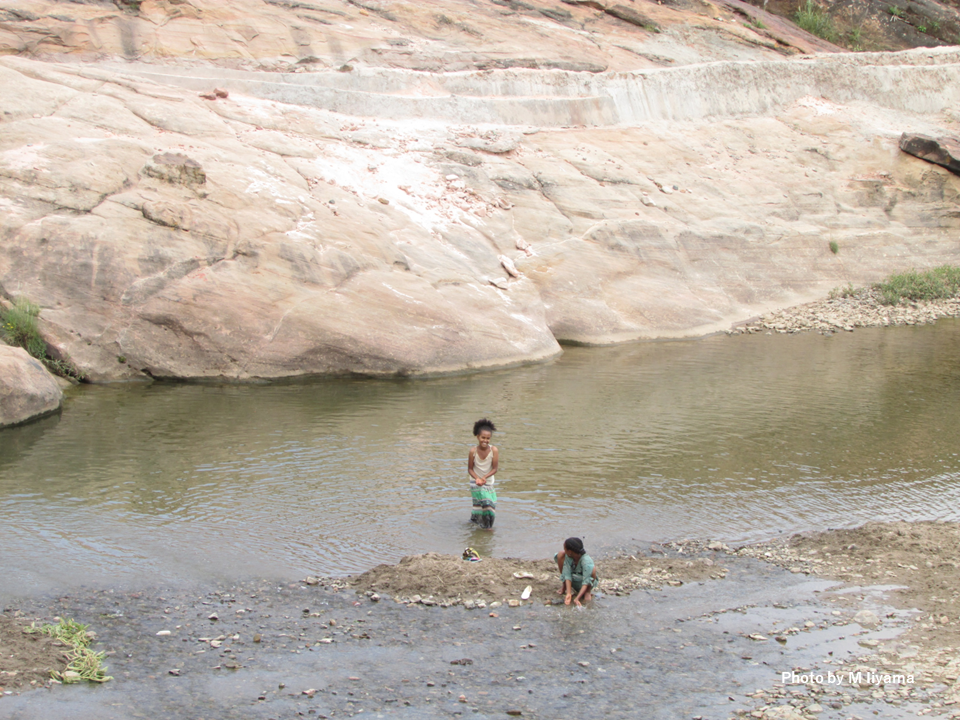Pick Up
951. Solving Water Shortage ~ Expansion and Diversification of Water Resources

951. Solving Water Shortage ~ Expansion and Diversification of Water Resources
Water scarcity is becoming a serious problem in many countries around the world. More innovative and sustainable ways of securing, managing and conserving water resources are needed. Today we present an article published by the United Nations Environment Programme (UNEP).
Today, some 2.4 billion people worldwide are said to live in "water-stressed" countries, where more than 25% of renewable freshwater resources are extracted and used to meet a country's water needs.
Water stress is concentrated in South, Central, and North African countries, while even developed countries with good infrastructure, such as the United States, are exposed to potential water shortages, such as record low water storage levels. According to FAO, by 2025, 1.8 billion people are expected to face "absolute water scarcity" and two-thirds of the world's population is expected to face "water stress".
In all countries and regions, climate change, urbanization, population growth, land development, and soil contamination are cited as major causes of water scarcity. Efforts are underway in many countries to create and diversify new sources of water, not limited to groundwater. Some of these are described below.
Historically, people have relied on underground aquifers for drinking water, but in recent years these aquifers have been depleted due to overuse and prolonged dry periods and droughts. In response, new attempts are being made in several regions to break away from conventional practices.
In farming villages in Chile and Peru, fine nets are being used to capture water droplets from fog and channel them into reservoirs. Wastewater reuse is also gaining attention. In its 2023 report, the UNEP found that wastewater treatment could provide 10 times the amount of fresh water that current desalination plants provide. Wastewater can also be a source of energy, nutrients, and other reusable materials, but only 58% of the world's domestic wastewater is safely treated. Despite concerns about contamination and the mixing of microplastics and antibiotics, experts say that with further development of purification technologies and appropriate policies, wastewater can be reborn.
Meanwhile, some countries have been working in recent years to produce drinking water through desalination processes. According to a 2018 study by the United Nations, 15,906 desalination plants around the world produce about 95 million m3 of desalinated water per day, 48% of which comes from treatment plants in West Asia and North Africa. However, the installation of desalination plants requires large investments in infrastructure and is energy-intensive, which requires a cautious approach as it runs counter to efforts to reduce fossil fuels.
In the search for more water, a growing number of countries are experimenting with cloud seeding technology, which releases silver iodide into clouds to produce rain and snow. While Australia, South Africa, and China have invested in this technology, experts are calling for regulations to prevent unexpected droughts and other problems in other regions.
As countries look for new sources of freshwater, experts point out that communities also need to better manage the water they already have. For example, investing in drip irrigation in agricultural systems and improving infrastructure to prevent leaks from faulty pipes in urban areas, which are home to more than half the world's population. Using existing water resources more efficiently while developing new and unconventional sources has great potential to improve people's lives and livelihoods.
Contributors: Solongo TUMUR and IIYAMA Miyuki (Information Program)
